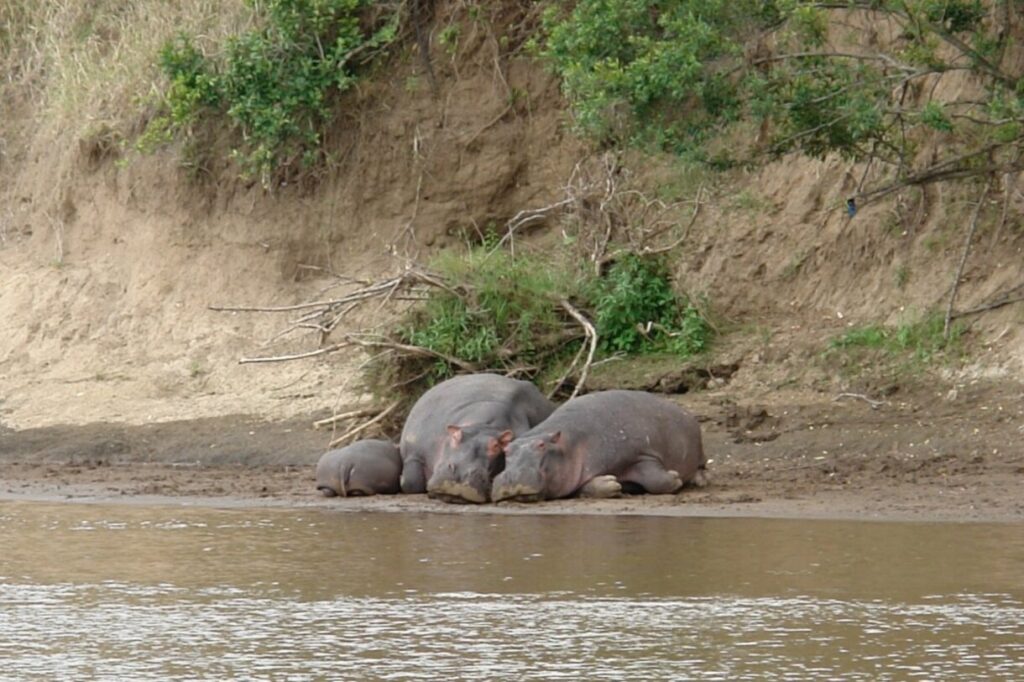Nairobi: Gateway to an African Adventure
Our journey to Kenya and Tanzania began somewhat unexpectedly, thanks to a promotional offer from Swiss Airlines. A ticket to Nairobi via Zurich cost just 500 EUR (about $550), though it came with one catch – an overnight stay at Zurich airport. Fun fact: Nairobi, founded in 1899 as a railway station on the Mombasa-Uganda line, has transformed in just a century into a vibrant metropolis with over 4 million inhabitants.

Upon landing in Nairobi around 8 PM, we encountered our first surprise. When paying for our visas, we learned some of our dollar bills had “too old” serial numbers – the immigration officer refused to accept a 1993-series $50 bill. Insider tip: Kenya implemented this restriction after a wave of counterfeit bills flooded the country in the 90s. Tanzania has no such policy, highlighting differences between these neighboring nations. After some persuasion, the officer reluctantly accepted our money but warned we might have trouble exchanging it elsewhere – and she was right.

From the airport, we took a taxi (25 USD, about 2 hours) to Flora Hostel, run by nuns. This proved to be a peaceful oasis in the bustling capital – clean, tidy, and secure. We’d booked via email (florah@wananchi.com) without prepayment for 40 USD per room including full board. Though the first night was quiet, I woke around 3 AM – whether from jet lag or subconscious excitement for the adventure ahead.
Organizing Our Safari
Our first full day in Nairobi was dedicated to safari planning. Did you know? The word “safari” comes from Swahili and originally meant simply “journey.” During colonial times it became associated with hunting expeditions, while today it refers to wildlife viewing in their natural habitat.

We visited several tour agencies with prices ranging from 100-120 USD per day for camping safaris. Eventually we settled with Savuka agency, negotiating a comprehensive package including:
- Safari: 3 days in Masai Mara (Kenya’s most famous park, home to the Great Migration), 2 days in Nakuru (famous for pink flamingos), and 2 days near Arusha
- Kilimanjaro: 6-day trek to Africa’s highest peak (19,341 ft)
- Transport between Kenya and Tanzania
- Flights from Arusha to Zanzibar and back to Nairobi
We negotiated down to 105 USD per day (excluding flights and cross-border transfer). In hindsight, we likely overpaid by about 100 USD total, but the bigger issue was the agency’s unreliability which caused multiple headaches during our trip. Reader beware: Savuka Travel comes with no recommendation!

First Impressions of Nairobi
Our initial safety concerns about Nairobi quickly faded. Kenya’s capital, nicknamed “The Green City in the Sun,” features wide tree-lined avenues. Fascinating fact: Nairobi is the only world capital with a national park (Nairobi National Park) within its city limits!
While exploring, we discovered two vibrant parks contrasting with the chaotic street traffic. Nairobi feels young (average age just 21!), noisy and energetic, though lacking typical tourist attractions. Its greatest value lies in souvenir shopping – from traditional masks to jewelry featuring Kenyan gemstones.

In upcoming installments, we’ll share unforgettable experiences from Masai Mara, our Kilimanjaro summit attempt, and Zanzibar’s paradise beaches. Nairobi proved to be just the starting point for our true African adventure!

Leave a Reply